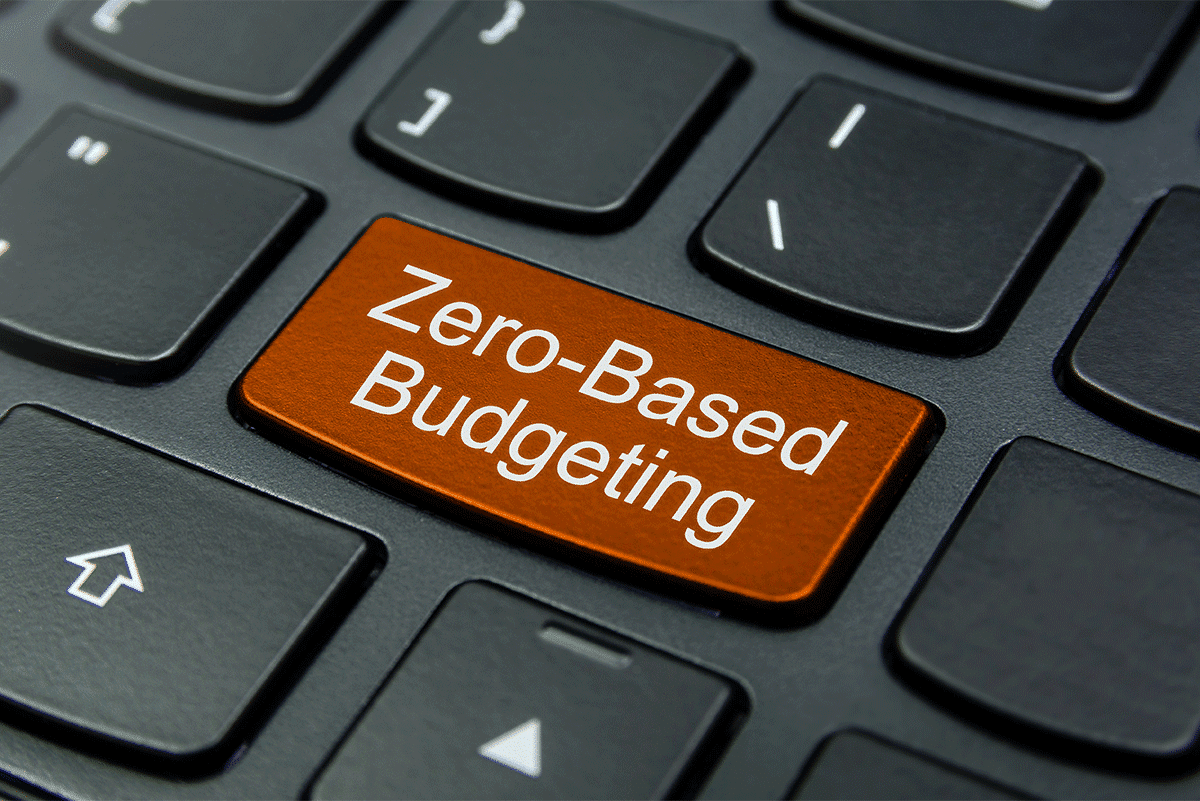Incremental budgeting is a budget type where you add a specific amount of capital to a previous quarter’s or period’s budget to permit slight increases. This method is mostly used as budgeting for businesses.
Although this budget method is simple (much simpler than activity-based budgeting), most financial professionals won’t recommend it. The main reason is that it usually results in departments within the company spending more money, and sometimes even going over budget.
Using an incremental budget, departments within a company tend to spend as much as they can. This is done to ensure that the departments get enough money for the next budget. Because the next budget is based on how much they spent in the last budget, departments may spend more money than they need to increase the budget for the next period.
Who is incremental budgeting best for?
Incremental budgeting tends to be best for businesses in a fast-growing industry such as tech. However, as mentioned, incremental budgets aren’t without their downsides; mainly, it encourages departments within companies to spend more than they otherwise would.
Although it’s normally businesses that take on incremental budgets, there’s nothing stopping households from using them, although a household may be better served by using other budgeting types.
When should you use it versus other types of budgeting?
In terms of a family budget, incremental budgeting may exist when one spouse is the breadwinner and the other is a stay-at-home parent. The breadwinner may allocate a specific amount in the budget for household expenses like groceries and gas. However, if the stay-at-home parent isn’t using the full amount budgeted for these categories, it may lead to the amounts being reduced. As mentioned, this can lead to wasteful spending between spouses, since the stay-at-home parent may spend more on groceries just so that the budgeted amount isn’t reduced.
When it comes to family budgets, most families would be better served by a traditional family budget or zero-based budget. You can try incremental budgeting for your family, but it might not have the intended results.
How often should you reassess your finances?
How often you should reassess your finances depends on the length of the time period you choose for your budget. If you choose a time period that’s quarterly, then you’d want to reassess your finances on a quarterly basis. If you choose a time period that’s semi-annual, then you’d want to reassess your finances on a semi-annual basis, and so on.
When you take a closer look at your finances, you’ll need to decide one of three things: whether to keep the budget category the same, increase it or decrease it. If your actual spending is constantly coming in less than your budgeted amount, then you may want to decrease it. Likewise, if your actual spending is coming in over your budgeted amount, then you may want to increase it.
It’s also a good idea to review your budget when there is any major life-changing event. For example, if you move to a new city or get married, your expenses are likely to change. You’ll want to review every single budget item line by line and adjust as needed.
What are the positives and negatives of incremental budgeting?
Here are some pros and cons of incremental budgeting.
Pros
- Unlike activity-based budgeting, incremental budgets tend to be easy to create and implement. You won’t typically need to spend as much time on it compared to activity-based budgeting.
Cons
- Incremental budgeting can lead to wasteful spending in your family budget. Family members may spend money on products and services that they don’t need just so that the budget isn’t cut in certain areas.
- Incremental budgeting doesn’t tend to make the most sense for families. Your family might be better served with a traditional budget or zero-based budget.
How do you set up an incremental budget?
1. Create a budget
Incremental budgeting starts out a lot like traditional budgeting. If you haven’t already, you’ll want to create a family budget. Your family budget should include various spending categories. To make sure you aren’t forgetting anything, it helps to review your credit card and bank statements.
2. Review your budget
You’ll need to decide as a family how often you want to review your budget. You might choose to review your budget on a monthly, quarterly, semi-annual or annual basis. If your income and expenses generally stay the same, you’re probably fine with reviewing it semi-annually or annually.
3. Adjust your budget as needed
When you review your family’s incremental budget, you’ll need to decide whether to adjust the various spending categories. In order to do that you’ll want to track your spending. If you realize that you’re constantly spending more on groceries, you might decide to increase your budgeted amount for groceries in the next family budget. Likewise, if you realize you are spending less on gas for your vehicle, you might decide to reduce that amount in the next budget. If some expenses were what you expected them to be, you might decide no change is necessary and to keep them the same in your budget.
The Last Word on Incremental Budgeting
Incremental budgets are better suited for businesses in fast-moving industries, where different divisions will max out their budget each period and need more funds over time. Households are better suited for a zero-based or even an activity-based budget. Whatever type of budget you decide on, keep the end goal in mind: spending money more wisely.










